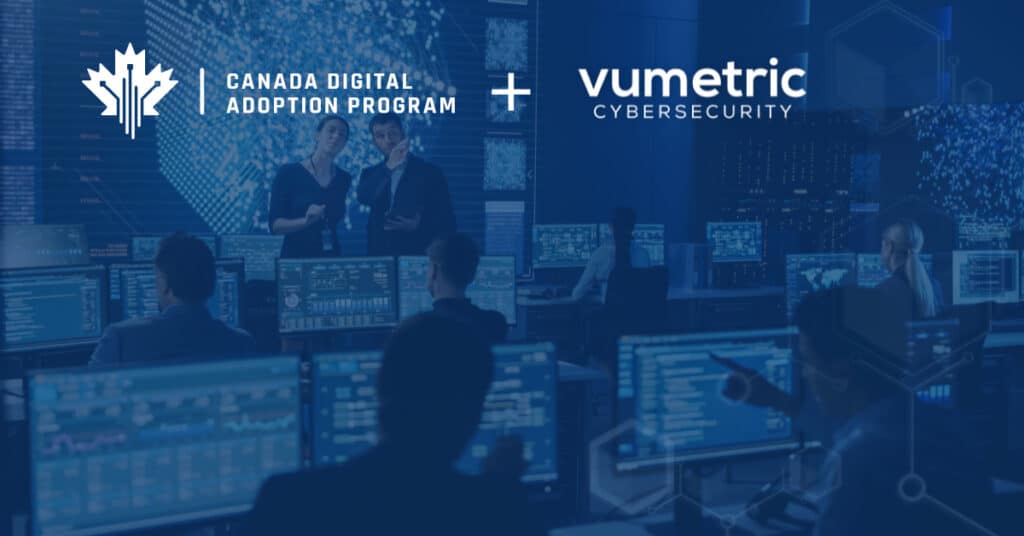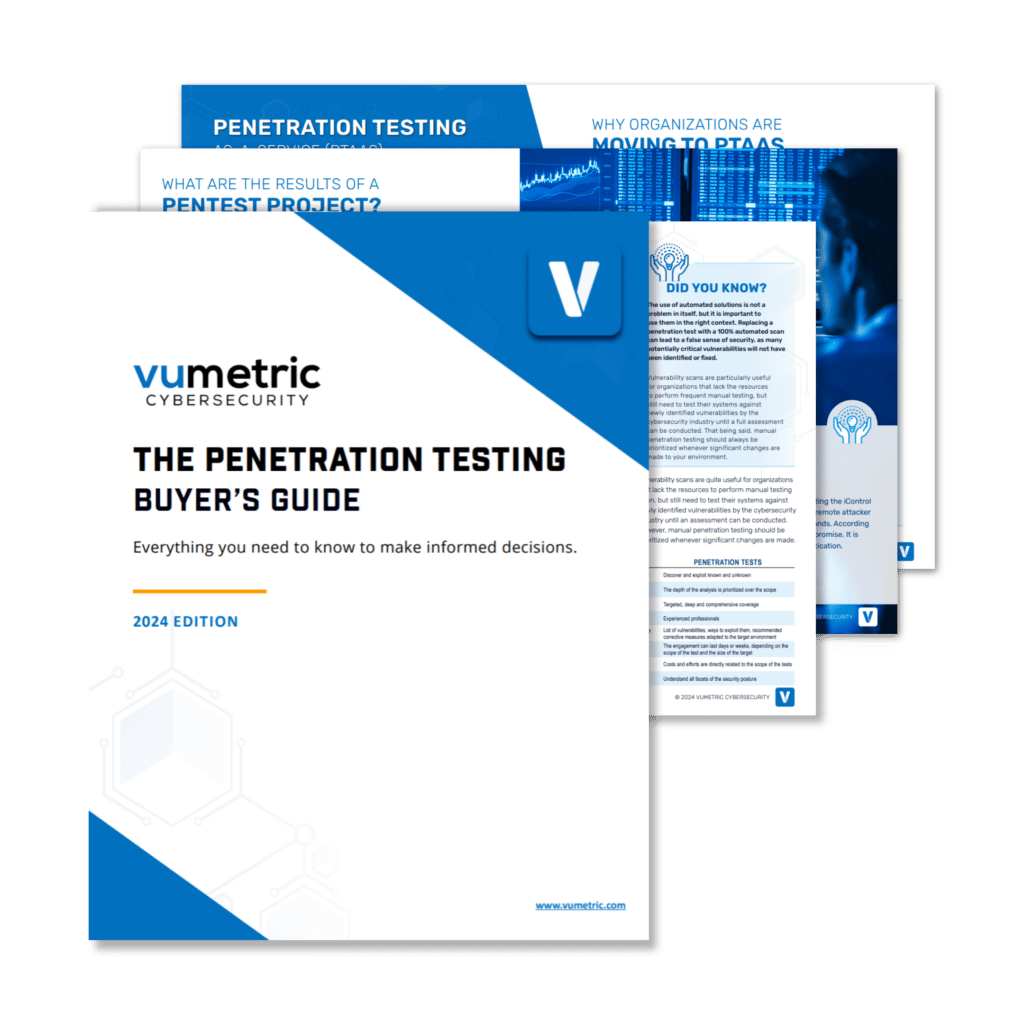If you’re in the business of accepting credit card payments, then you’ve probably heard of PCI-DSS. But what exactly is it? In this article, we’ll explore the ins and outs of PCI-DSS and why it’s essential for businesses to comply with its standards.
What is PCI-DSS?
PCI-DSS stands for Payment Card Industry Data Security Standard. It’s a set of security standards created by major credit card companies such as Visa, Mastercard, American Express, Discover, and JCB International to ensure that all businesses that accept credit card payments maintain a secure environment.
The standard consists of 12 requirements that are divided into six categories:
- Build and Maintain a Secure Network
- Protect Cardholder Data
- Maintain a Vulnerability Management Program
- Implement Strong Access Control Measures
- Regularly Monitor and Test Networks
- Maintain an Information Security Policy
Each requirement has specific sub-requirements that businesses must meet to be compliant with the standard.
Why is PCI-DSS important?
Complying with PCI-DSS is crucial for any business that accepts credit card payments. Failure to comply can result in hefty fines from the payment card industry or even legal action from customers whose data has been compromised.
In addition to avoiding penalties, complying with PCI-DSS can also help protect your business from cyber attacks. By implementing the security measures outlined in the standard, you can reduce your risk of data breaches and other security incidents.
Furthermore, being compliant with PCI-DSS can improve customer trust in your business. Customers want to know that their sensitive information is being handled securely when they make purchases online or in-store. By demonstrating compliance with industry standards like PCI-DSS, you can reassure customers that their data is safe with you.
Who needs to comply with PCI-DSS?
Any business that accepts credit card payments must comply with PCI-DSS. This includes online businesses, brick-and-mortar stores, and any other organization that handles credit card data.
The standard applies to all types of businesses regardless of size or industry. Even if your business only processes a small number of transactions each year, you still need to comply with the standard.
How do I become compliant with PCI-DSS?
Becoming compliant with PCI-DSS can be a complex process, but it’s essential for protecting your business and your customers’ data. Here are the steps you’ll need to take:
- Assess Your Environment: The first step in becoming compliant is to assess your environment and identify any vulnerabilities or areas where you’re not meeting the requirements.
- Remediate Any Issues: Once you’ve identified areas where you’re not compliant, you’ll need to remediate those issues by implementing the necessary security measures.
- Complete a Self-Assessment Questionnaire (SAQ): Depending on the size and complexity of your business, you may be required to complete an SAQ. This questionnaire will help determine whether or not your business is meeting all of the requirements outlined in the standard.
- Hire a Qualified Security Assessor (QSA): If your business processes a large volume of transactions or has complex security needs, then you may need to hire a QSA. A QSA is an independent auditor who can assess whether or not your business is complying with PCI-DSS.
The Bottom Line
PCI-DSS compliance isn’t optional for businesses that accept credit card payments – it’s mandatory. By complying with this industry-standard set by major credit card companies, you can protect your business from cyber attacks, avoid penalties and legal action, and improve customer trust. While becoming compliant can be a complex process, it’s essential for the long-term success of your business.




